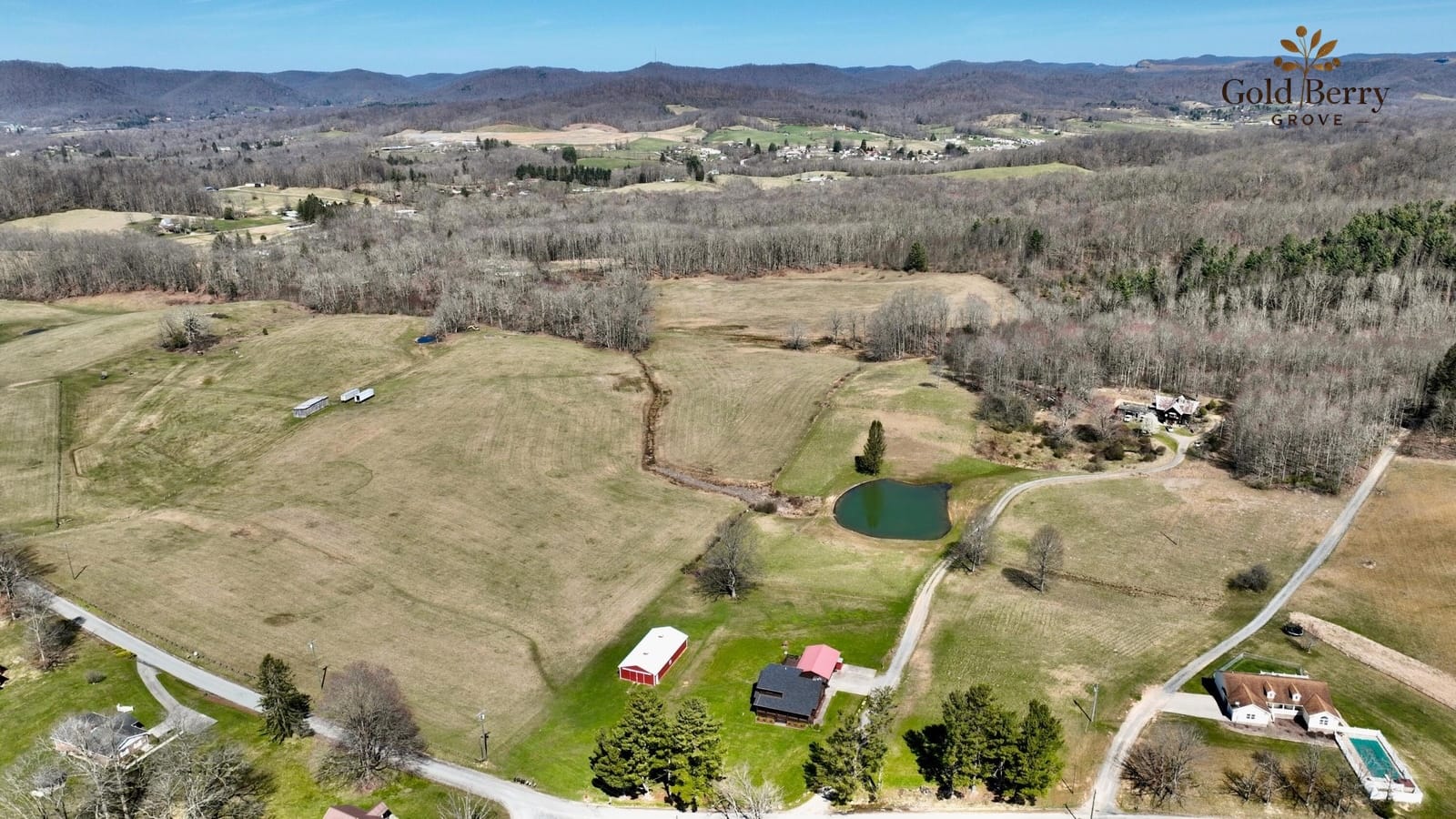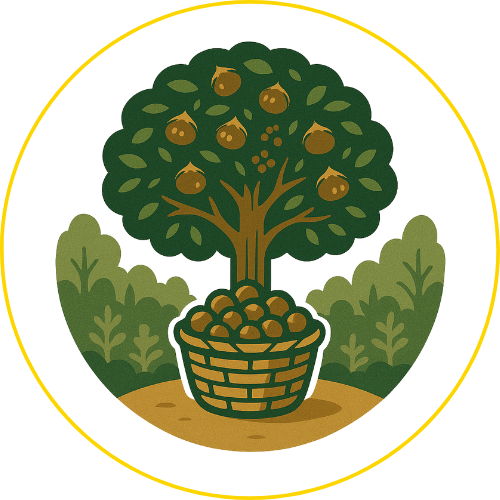Fruit Tree Seedlings - Fall 2027

🍎 Apple Tree - Malus domestica
Old-world flavor meets new-world grit. We’re growing a mix of time-tested heritage varieties and newer disease-resistant apples—some perfect for fresh eating, others built for cider season. More varieties are on the way as we trial what grows best in our tough Appalachian soils.
These are grafted on semi-standard rootstocks. They don’t need staking or babying once they’ve settled in, unlike the fussy dwarf types. Want a smaller tree? Just prune it back hard each year.
📏 Spacing: 12'–18'
☀️ Sunlight: Needs 6–8 hours of direct sun daily
🌎 Soil: Prefers well-drained, loamy soil with neutral to slightly acidic pH
🐝 Pollination: Plant at least two varieties for good pollination.
🪨 Got heavy, rocky soil like us? Plant on a mound and load up with organic matter to give your tree a fighting start.
🍐 Pear - Pyrus communis
Old-world pears with backbone. We're offering a mix of classic European varieties that still thrive in tough soils, alongside newer disease-resistant cultivars. Some are crisp and juicy off the tree, others are built for perry (yes, that’s pear cider—and yes, it’s delicious).
These trees are grafted onto semi-standard rootstock, giving you a strong, long-lived tree that doesn’t need staking or irrigation once it’s established. Want to keep it small? Prune aggressively—they can take it.
📏 Spacing: 12'–18'
☀️ Sunlight: Asian pears need at least 6-8 hours of direct sunlight daily
🌎 Soil: Well-drained soil and a slightly acidic pH (around 6.3-6.8).
🐝 Pollination: Plant at least two varieties for best fruit set.
🪨 Heavy, shaley soil? Just like us—plant on a mound and amend well with organic matter for strong roots and good drainage.
🍐 Asian Pear - Pyrus pyrifolia
It’s a pear, but it crunches like an apple. Crisp, juicy, and built to store well—these Asian pears are a homestead favorite for good reason. They’re low-maintenance once established and productive year after year.
Can thrive in wetter soil then it's European counterpart, but still prefers well drained soil.
📏 Spacing: 12'–18'
☀️ Sunlight: Asian pears need at least 6-8 hours of direct sunlight daily
🌎 Soil: Well-drained soil and a slightly acidic pH (around 6.3-6.8).
🐝 Pollination: Plant at least two varieties for best fruit set.
🪨 Heavy, shaley soil? Just like us—plant on a mound and amend well with organic matter for strong roots and good drainage.
🍑 Peaches- Prunus persica
Peaches taste awesome. Period. We're focusing on varieties that actually stand a chance in our climate—meaning disease-resistant cultivars grafted onto seedling rootstock for stronger, longer-lived trees.
📏 Spacing: 8'–16'
☀️ Sunlight: Needs full sun—at least 6–8 hours daily
🌎 Soil: Well-drained, fertile soil preferred; slightly acidic to neutral ph
🐝 Pollination: Self-pollinating
🪨 Heavy, shaley soil? You know the drill—plant on a mound and amend with generous organic matter
🧡 Persimmon - Diospyros virginiana
Tough, native, and deeply underappreciated. These American persimmons are grown from seed or grafted onto hardy D. virginiana rootstock. Some cultivar drop fruit right in the heart of deer season. Others produce big, sweet fruit that’s all yours (if the wildlife doesn’t get there first). This is one of my favorite fruits growing up as my Korean mother absolutely loves persimmons, but tasting my first American persimmon was magically different.
📏 Spacing: 10' - 20'
☀️ Sunlight: Prefers full sun, but tolerates partial shade
🌎 Soil: Adaptable to poor soils, drought-tolerant once established
🐝 Pollination: Seedlings are unsexed—can be male or female. Most named female varieties will fruit even without a male nearby.
🖤 Mulberry - Morus spp.
Mulberries are like blackberries that grow on trees—and they don’t quit. Fruit comes in all shapes, colors, and ripening times depending on the variety. Some are early, some are late, and some seem like they never stop.
Whether you’re feeding hogs, chickens, or kids, a few of these trees can make a big difference.
❗Bonus: The leaves are high-protein and make excellent fodder for goats, sheep, and cattle.
❗❗ Double bonus: Long-lived shade trees that, once they’ve done their work, can be turned into rot-resistant fence posts or long-burning firewood.
📏 Spacing: Depends on use—plant wide for shade, tighter for fodder strips
☀️ Sunlight: Full sun for best fruit and growth
🌎 Soil: Adaptable to a wide range of soils
🐝 Pollination: Not required—self-fertile
🍌🥭 Pawpaw - Asimina triloba
North America’s largest native fruit—and one of Appalachia’s best-kept secrets. These creamy, custardy fruits taste like a tropical mash-up of banana and mango… and somehow, they’re growing right here in West Virginia. Still wild. Still wonderful
Pawpaws like shade when young, but you’ll get the best fruit production in full sun once they’re established. They thrive in consistent moisture, so don’t let them dry out. Easily pruned to 8’, but can grow up to 30' if you let ‘em.
📏 Spacing: 8' - 15' apart
☀️ Sunlight: Shade in youth, full sun for fruiting
💧 Water: Requires consistent moisture year-round
🌎 Soil: deep and well-drained soil with a slightly acidic pH (around 5.5-7.0)
🐝 Pollination: Needs two for cross-pollination
🍒 Cherry - Prunus spp.
Coming 2028
🍐🍋 Quince - Cydonia oblonga
Coming 2028
🌿 Figs - Ficus carica
Figs are the sweet reward for anyone willing to bend the rules a bit in Zone 6. With the right protection—south-facing walls, microclimates, or a little winter wrapping—you can absolutely grow figs here in the New River Gorge.
We’re trialing cold-hardy varieties that can die back and still fruit on new wood. Perfect for folks who want fresh fruit without the grocery store price tag. Sweet, rich, and sun-loving.
📏 Spacing: 15' apart
☀️ Sunlight: Needs full sun—8+ hours is best
🌎 Soil: Well-drained, slightly alkaline preferred
💧 Water: Regular moisture, especially during fruiting
🪴 Cold tips: Mulch heavy and consider low tunnel protection in winter
🌱 Pollination: Self-pollinating
